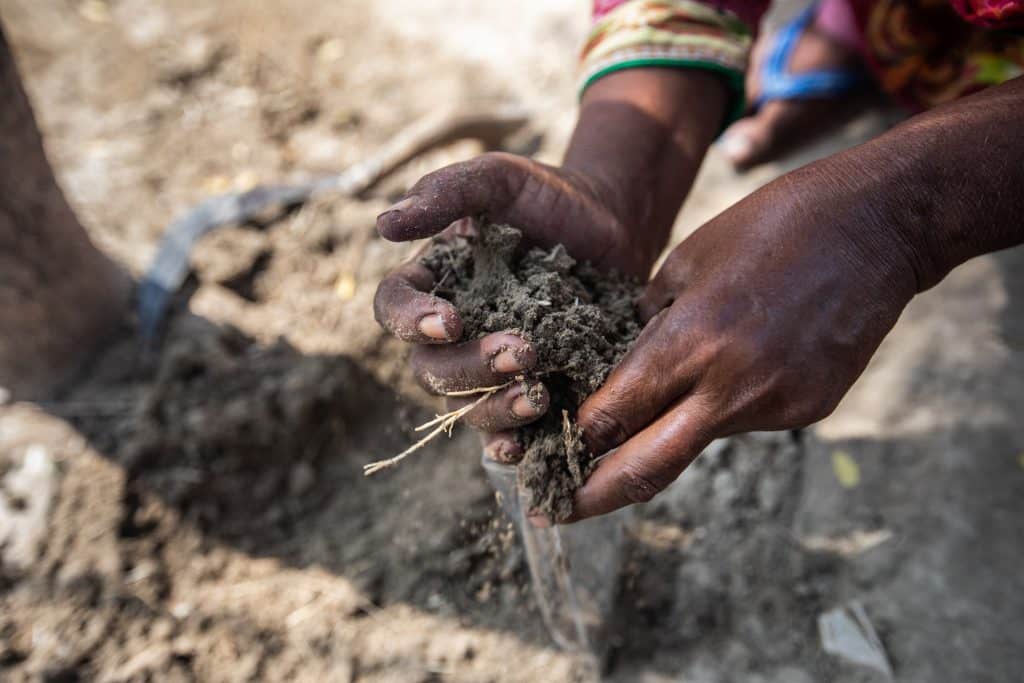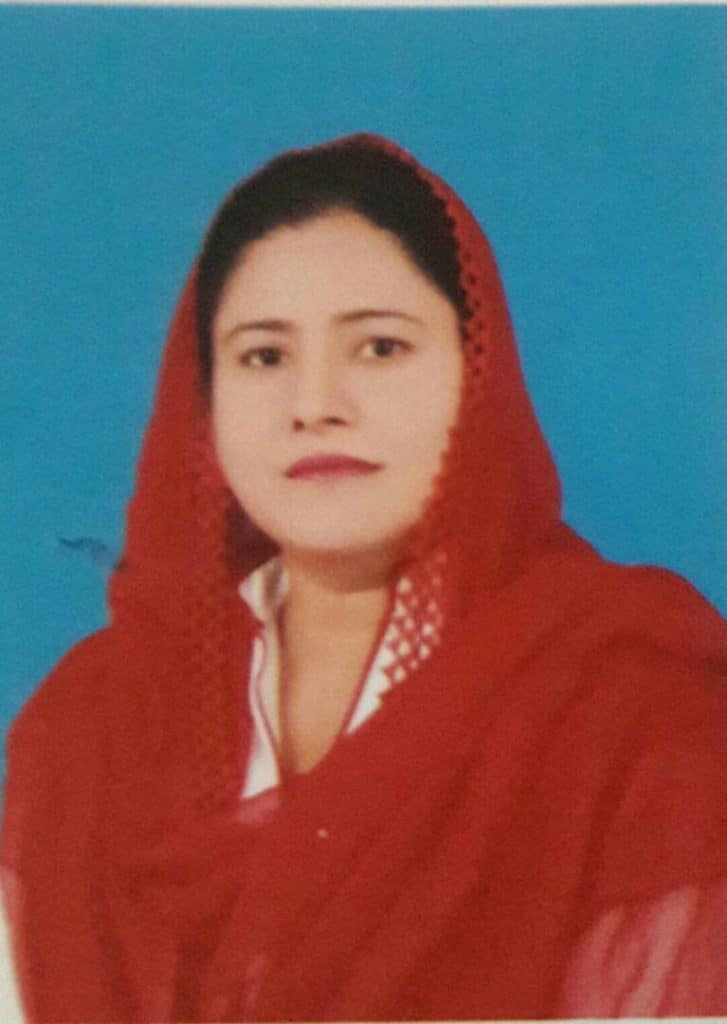- Who we are
- What we do
In just over 10 years we have become the world’s largest cotton sustainability programme. Our mission: to help cotton communities survive and thrive, while protecting and restoring the environment.
- Where we grow
Better Cotton is grown in 22 countries around the world and accounts for 22% of global cotton production. In the 2022-23 cotton season, 2.13 million licensed Better Cotton Farmers grew 5.47 million tonnes of Better Cotton.
- Our impact
- Membership
Today Better Cotton has more than 2,700 members, reflecting the breadth and diversity of the industry. Members of a global community that understands the mutual benefits of sustainable cotton farming. The moment you join, you become part of this too.
- Associate Membership
- Civil Society Membership
- Producer Organisation Membership
- Retailer and Brand Membership
- Supplier and Manufacturer Membership
- Find Members
- Member Monitoring
- Better Cotton Platform
- myBetterCotton
- Resources – Better Cotton Conference 2022
- Complaints
- Whistleblowing
- Safeguarding
- Get Involved in the Better Cotton Programme
- Thank you for contacting us
- Better Cotton’s Data Privacy Policy
- Log in
- Members’ Area
- Request for Proposals
- Better Cotton Cookie Policy
- Web Reference
- Measuring Cotton Consumption
- How to Implement the Chain of Custody Standard
- Resources – Better Cotton Conference 2023
- Certification Bodies Old
- Latest
- Sourcing
- Latest
The founding premise of Better Cotton is that a healthy sustainable future for cotton and the people that farm it is in the interests of everyone connected with it.
Let us help you find what you’re looking for
Results for {phrase} ({results_count} of {results_count_total})Displaying {results_count} results of {results_count_total}

Soil underpins everything – its rich biodiversity and vital function in crop production and carbon storage make it fundamental to life on earth. However, a third of the world’s soils have deteriorated at the hands of erosion and contamination.
To help drive improvements, Better Cotton launched its 2030 Impact Target on Soil Health to ensure that 100% of Better Cotton Farmers improve the health of their soil in this defining decade for humanity.
It’s a bold but necessary ambition, and one that we won’t achieve without the support and insights of agricultural experts across all cotton growing regions. In this Q&A, we hear from Narjis Ashfaq, Head of Programs at the Sangtani Women Rural Development Organization (SWRDO), in Pakistan, about this important work.

What role can healthy soil play in mitigating climate change?
To make soil healthy, different practices are adopted in different areas. The most common practices include the use of farmyard manure and the incorporation of previous crop residues in the soil. In some areas, farmers use fermenters and compost to make their soil healthy. The soil contains organic matter that plays an important role in mitigating climate change by storing carbon and reducing greenhouse gas emissions.
On the other hand, if the soil is poorly managed by using practices which are not sustainable, soil carbon in the form of carbon dioxide is released which contributes to climate change.
How important are regenerative cotton production practices to improving soil health?
Regenerative practices such as reduced tillage are performed in some areas to protect soil fertility and health. Tillage is used only in the time of need as destruction of the soil structure can decrease water infiltration in soil which reduces the benefit of rainfall to the crops.
Other regenerative practices such as use of farmyard manure can enhance the biological and microbial activity of the soil. Most farmers also grow cotton in rotation with wheat or other crops which has countless benefits – it can reduce soil erosion, improve water infiltration and quality of water and also increase organic matter.
What are the key differences in soil from one region to another and how important will tailored soil management support be to ensuring all cotton growing regions see improvements?
Soil types are different from one region to another in terms of fertility, pH, electrical conductivity and other factors such as water holding capacity, organic matter and microbial activities. In the case of our work in Rajanpur, Pakistan, the western soils are mostly heavy textured (clay to clay loam) soils with different levels of salt and a high pH (>8), while eastern soil near Indus River are fine textured (sandy to sandy loam) and have good water infiltration and support plant growth.
Therefore, to improve the soil in western areas, for example, farmers often use: Gypsum, farmyard manure, deep tillage practices, more acidic fertilisers and good quality water.
The soil in eastern areas would need to incorporate organic matter via composting and green manuring. Similarly, with a balanced use of fertilisers (prioritising organic and optimising inorganic) we can improve soil health and improve crop production.
For cotton farmers, what will be the tangible benefits of improved soil health?
Improved soil health is important to the profitability and production of cotton farms. It ensures the fertility of the soil and better crop production.
- Healthy soil has the following benefits:
- It enhances proper root growth to ensure maximum nutrition for better yield.
- It contributes to the mitigation of climate change effects.
- It ensures all micro and macro nutrients are available for the growth of the cotton plant.
- It ensures good water holding capacity.
- Good soil physical, chemical and biological properties for better production of cotton.
To find out more about Better Cotton’s Impact Targets, follow this link.


